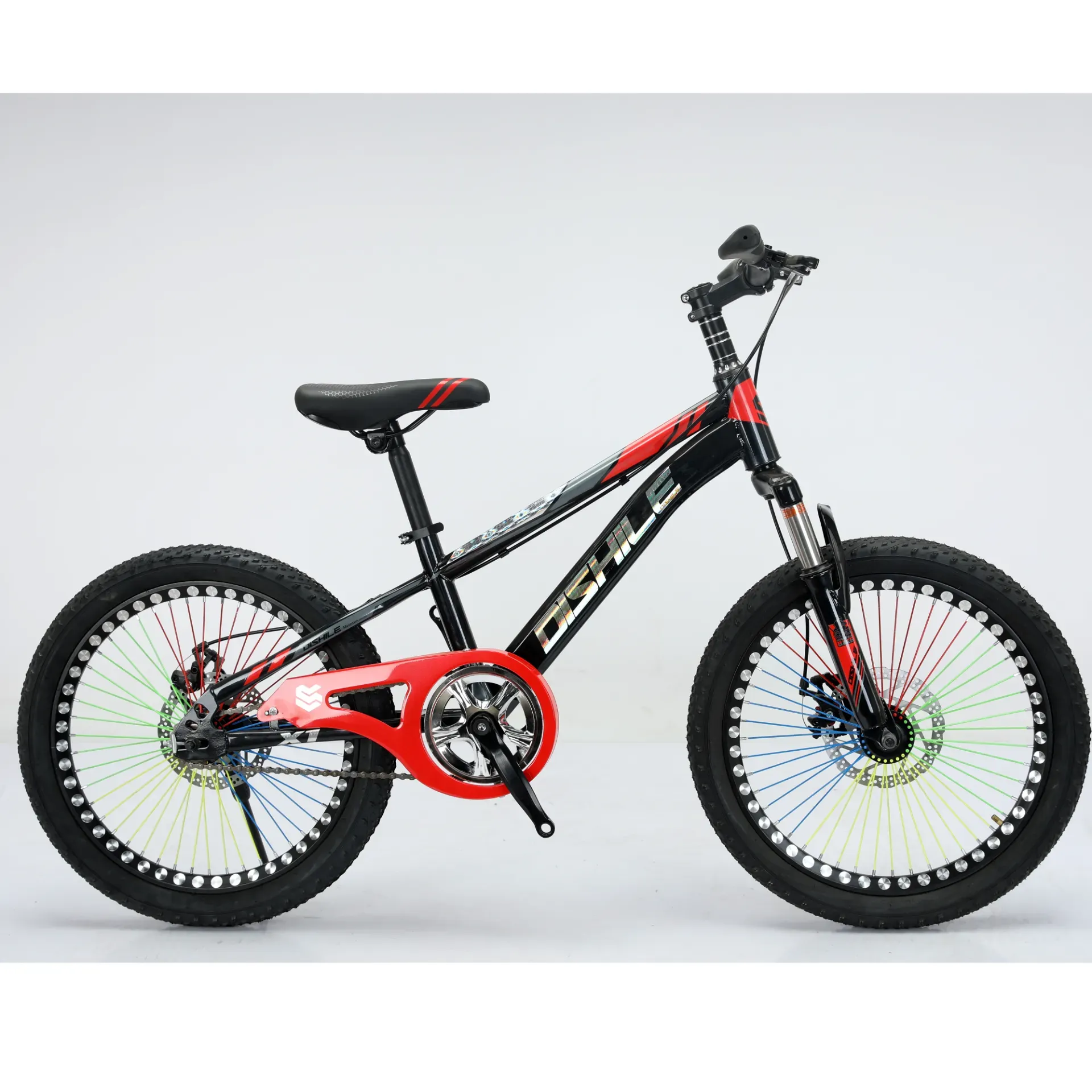are balance bikes good for babies
Are Balance Bikes Good for Babies?
As parents, we constantly strive to provide the best opportunities for our children to develop physically and mentally. One of the latest trends in early childhood mobility is the use of balance bikes—two-wheeled push bikes without pedals designed for children as young as 18 months. But are balance bikes really good for babies? This article will explore the benefits and considerations of introducing balance bikes to toddlers.
What is a Balance Bike?
A balance bike is a lightweight, pedal-less bicycle that allows children to use their feet to propel themselves forward. It is designed to help young riders develop balance, coordination, and confidence before transitioning to traditional bicycles. Since these bikes are suitable for kids as young as 18 months, many parents wonder if they are appropriate for their little ones.
Benefits of Balance Bikes
1. Enhanced Balance and Coordination One of the primary benefits of balance bikes is their ability to teach children how to balance. Since balance is crucial for riding a bike, starting on a balance bike allows toddlers to learn this skill in a safe and controlled manner. As they gain confidence, children can easily transition to pedaling a traditional bike.
2. Physical Fitness Balance bikes encourage physical activity. As toddlers push off the ground with their feet, they engage in active play, which helps in developing their gross motor skills. Regular use promotes strength and endurance, laying the foundation for a healthy lifestyle.
3. Confidence Building Learning to ride a bike can be a daunting task for many children. Balance bikes provide a sense of independence as toddlers learn at their own pace. Successfully navigating their bikes boosts self-esteem and fosters a sense of accomplishment.
4. Safety First Balance bikes are generally lower to the ground than traditional bikes, making it easier for children to get on and off. When they fall (which is inevitable during learning), the impact is minimized due to the low height, reducing the risk of serious injuries.
are balance bikes good for babies

5. Development of Spatial Awareness While riding a balance bike, children learn to steer and maneuver through different environments. This helps them develop spatial awareness—an important cognitive skill that enhances their ability to navigate physical spaces, whether on a bike or in other aspects of life.
Considerations for Parents
While balance bikes have numerous advantages, there are some considerations parents should keep in mind
1. Age Appropriateness Not all children are ready for a balance bike at 18 months. It's essential to assess your child's developmental stage and determine if they have the physical strength and coordination to use one.
2. Selection of the Right Size Choosing the right balance bike is crucial for safety and comfort. Parents should ensure that the bike fits their child well—meaning they can touch the ground with their feet while seated. An ill-fitting bike can lead to frustration and potential accidents.
3. Supervision As with any outdoor activity, supervision is vital. Kids can get carried away while riding and may venture into dangerous areas. Always keep an eye on them, especially in public spaces or near traffic.
4. Safety Gear Even though balance bikes are generally safer than traditional bikes, it’s still advisable to equip toddlers with helmets and pads to protect them from falls and scrapes.
Conclusion
In conclusion, balance bikes can be a fantastic option for babies ready to take their first steps in cycling. With numerous benefits such as enhancing balance, building confidence, and promoting physical fitness, they offer a great introduction to the world of biking. However, parents must consider their child's readiness, ensure proper bike fit, supervise their activities, and prioritize safety gear. With the right approach, balance bikes can serve as an enjoyable and beneficial experience for both parents and children alike, paving the way for a lifelong love of cycling.
-
The Perfect Baby TricycleNewsAug.11,2025
-
Ride into Fun with Bikes for KidsNewsAug.11,2025
-
Ride into Adventure with the Perfect Kids Balance BikeNewsAug.11,2025
-
Fun and Safe Riding with the Best Childrens ScootersNewsAug.11,2025
-
Find the Perfect Childrens Bike for Your Little OneNewsAug.11,2025
-
Explore the Best Baby Tricycles for Your Little OneNewsAug.11,2025
-
Three-Wheel Light-Up Scooter Benefits for KidsNewsJul.11,2025








